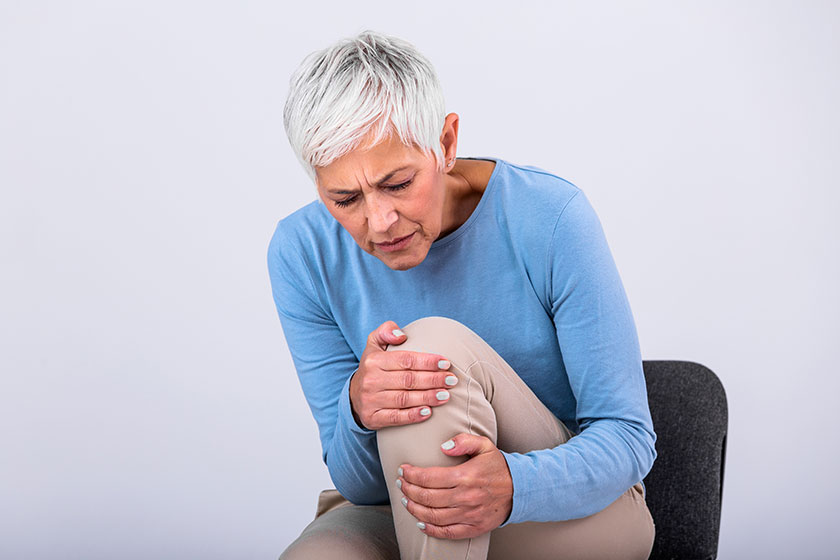As our loved ones grow older, it’s important to pay attention to any changes in their physical abilities. Seniors’ physical function decline can happen gradually, but the warning signs are often visible if you know what to look for. Identifying these changes early on can help ensure they get the support they need to maintain their independence and quality of life.
Here are seven warning signs to watch for and tips on how to address them compassionately.
Decreased Mobility
One of the most common signs of physical function decline is difficulty moving around. Whether it’s walking, standing up from a chair, or climbing stairs, decreased mobility can be a signal that your loved one is struggling with strength or balance. If you notice your loved one taking shorter steps, using furniture for support, or avoiding movement altogether, it may be time to consider a physical therapy program.
Fatigue and Low Energy
Another sign of decline is ongoing fatigue. If your loved one seems to tire easily or struggles to complete tasks they once managed with ease, it could indicate reduced physical endurance. Fatigue can also be a symptom of underlying health conditions like heart disease or respiratory issues.
Difficulty with Daily Tasks
Struggling to perform daily tasks, such as getting dressed, cooking, or bathing, can be a clear indicator that physical function is declining. These challenges may be due to a limited range of motion, stiffness, or weakness. In such cases, assistive devices or professional caregiving support may be necessary to help your loved one manage these tasks safely.
Frequent Falls or Near-Falls
Falls are a major red flag when it comes to seniors’ physical function decline. Even if a fall doesn’t result in injury, frequent stumbling or near-falls suggest a decline in balance and coordination. If you notice your loved one having difficulty maintaining balance, it’s crucial to address this before it leads to a serious accident.
Changes in Posture
A noticeable change in posture, such as slumping, leaning forward, or favoring one side of the body, can indicate weakening muscles or joint issues. Over time, poor posture can affect overall mobility and lead to pain in the back, hips, or knees.
Loss of Appetite and Weight Loss
Unexplained weight loss or a decrease in appetite may also signal a decline in physical function. Weight loss can weaken muscles and further impact mobility, while a lack of nutrition can exacerbate fatigue and energy levels. Make sure your loved one is eating balanced meals and staying hydrated.
Difficulty Standing Up
If your loved one has trouble standing up from a seated position, it may be a sign of declining leg strength. This can lead to challenges with walking, balance, and even independence in everyday activities. Encouraging exercises that focus on building leg strength, such as squats or sitting-to-standing drills, can help improve this function.
Noticing the early signs of seniors’ physical function decline can be difficult, but addressing them promptly can make a significant impact on their well-being and independence. With the right support, your loved one can continue to live a fulfilling life while receiving the care they need.
If you’re concerned about changes in your loved one’s physical abilities, we’re here to help. Reach out to learn more about the ways we can support them through personalized care and physical therapy programs. Together, we can ensure they stay active, safe, and confident.







